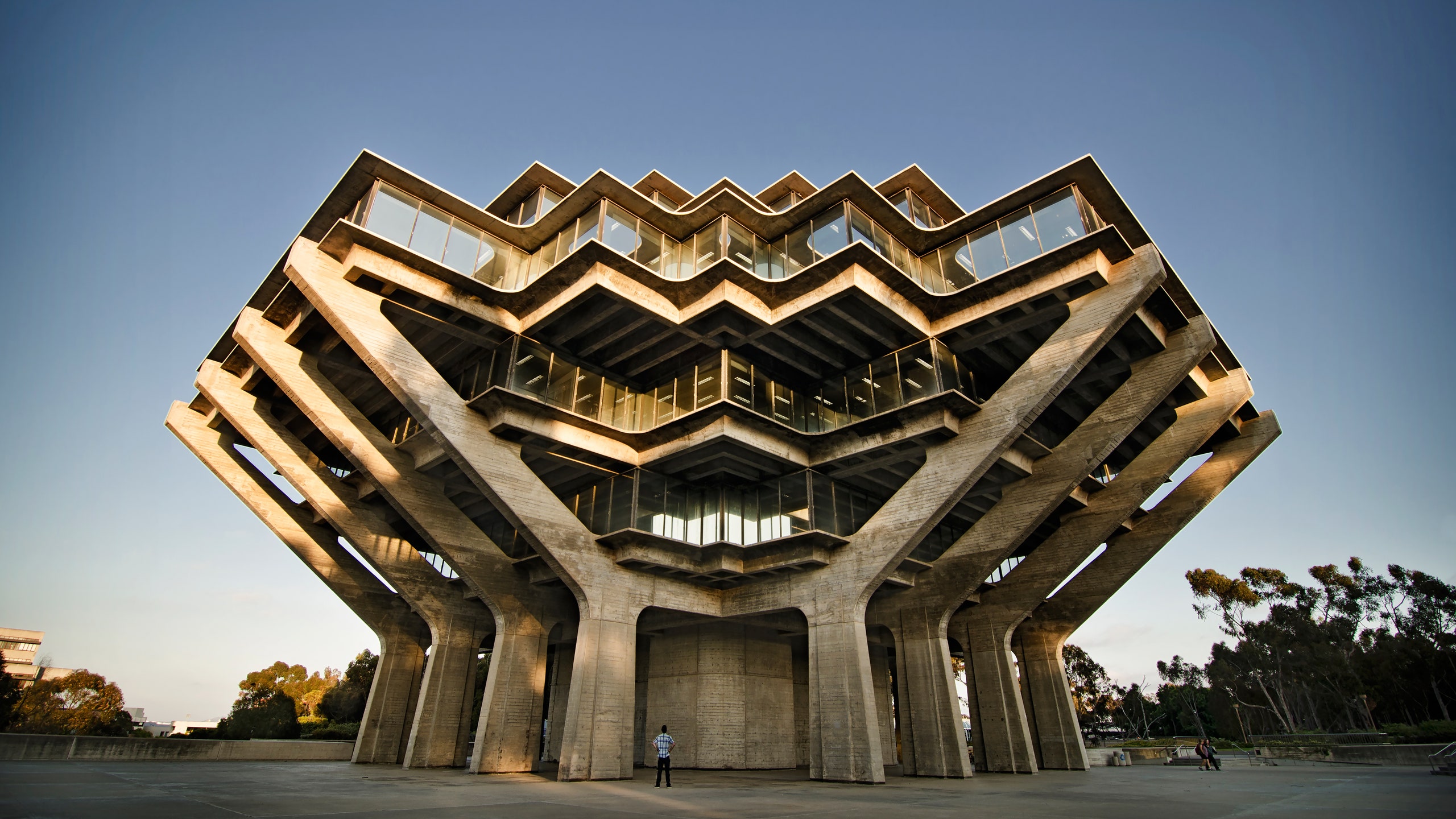Believe it or not, there are many reasons to love those concrete monoliths.
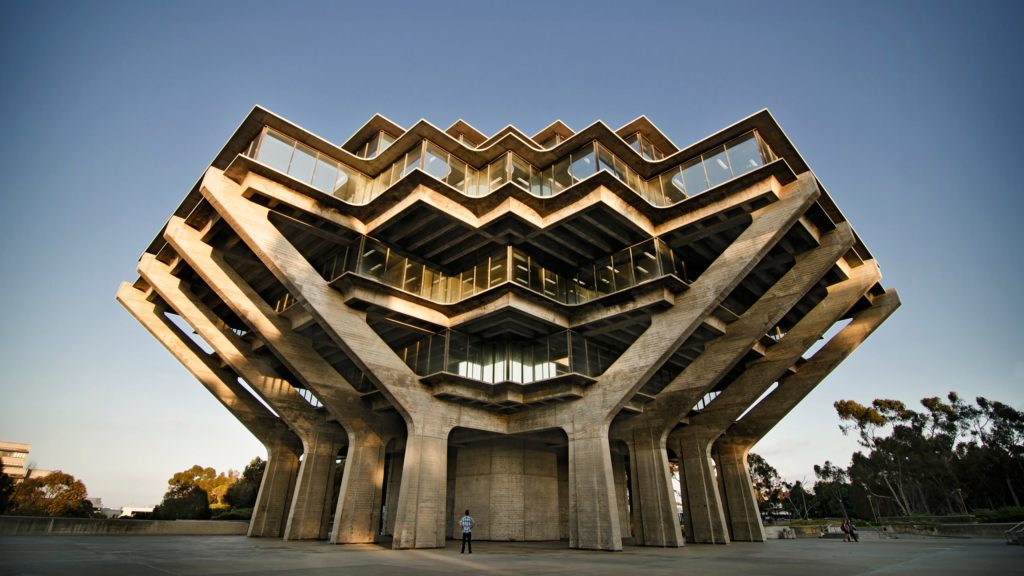
Brutalism – the mid-century architectural style that designers and non-designers alike love to hate. Few architectural movements elicit as strong a reaction as Brutalism, which for decades has been dogged with criticisms that it is inhumane, severe, and just plain ugly. What started as a pseudo-utopian aspiration among 20th-century architects to create a new architectural language out of the tools and materials of industrialized society quickly evolved into one of the most hated architectural styles of the 21st century. But, as is wont to happen with fashions and trends, what’s old is new again, and Brutalist buildings are seeing a second life, becoming revered again among Modern design aficionados the world over. If you haven’t jumped on the Brutalist bandwagon yet, here are five reasons to love the beast known as Brutalism.
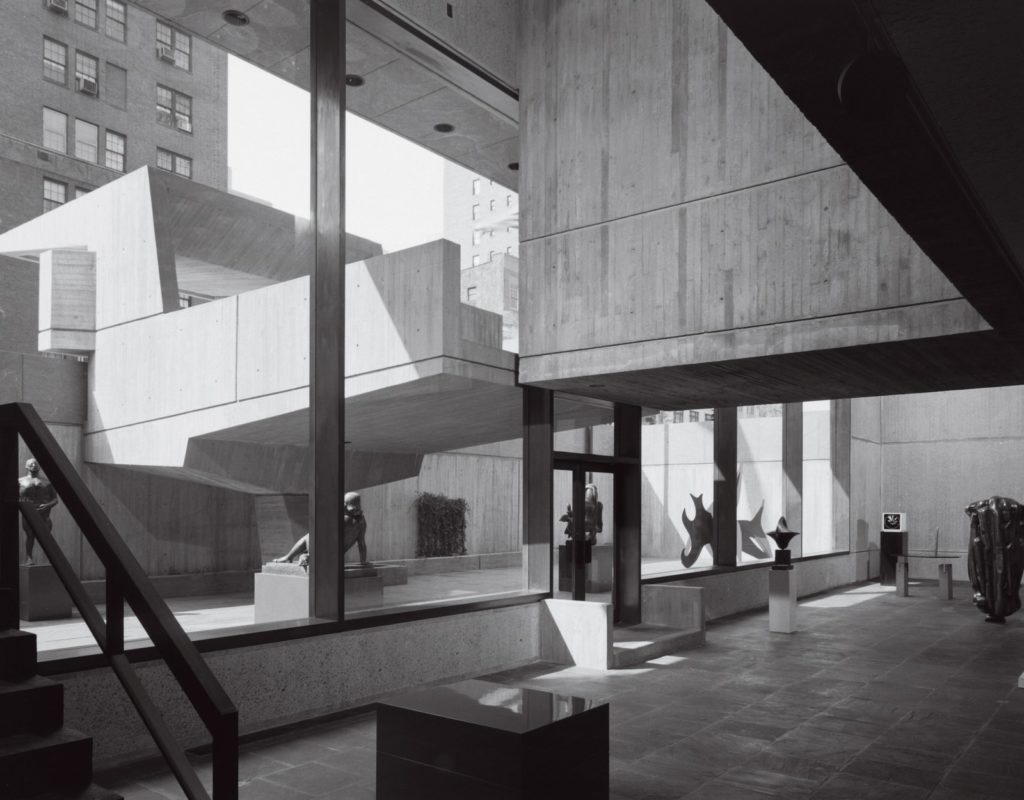
Brutalism is the ultimate Modern style
Let’s face it, when it comes to Modernism, Brutalism ticks all the boxes. In Brutalist buildings, form follows function, sometimes to a fault. There are no extraneous ornaments or flairs of decorative pizzazz on Brutalist buildings—the building elements simply do their jobs honestly and unabashedly. Walls look like walls, windows look like windows, stairs look like stairs. The beauty of raw materials is foremost, primarily steel and concrete. In fact, Brutalism gets its name not from the style’s aggressive brutishness, but from the term béton brut, which is French for “raw concrete.” Hence the movement’s emphasis on monolithic concrete forms devoid of applied color or decoration. It’s the ultimate “less is more” statement.
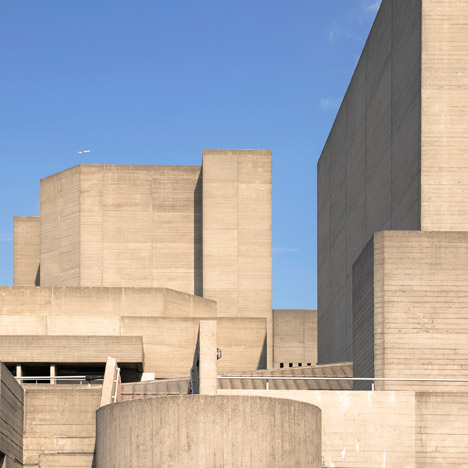
Brutalism reflects a moment in time
Like other mid-century Modern affectations, such as California Modernism or Googie architecture, Brutalism reflects a specific zeitgeist and should be acknowledged as such. Popular primarily from the 1950s through the 1970s, Brutalism emerged in Great Britain following WWII. Facing the need for massive reconstruction after the war, British architects turned to Brutalism as a low-cost, utilitarian solution for constructing architecture for the masses. Although Brutalism has since been decried by critics as being too harsh and abstract, with many Brutalist buildings being demolished over the last decade, today’s historians and preservationists have embarked on determined campaigns to save Brutalist landmarks around the world. There is value in history, even if it falls out of fashion.
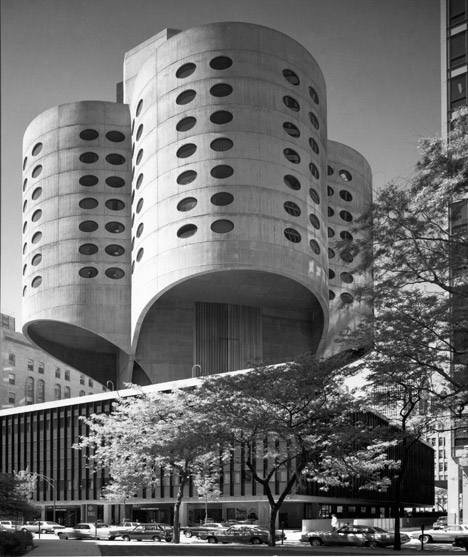
Brutalism was visionary in its day
In its heyday, Brutalist architecture reflected a bold, visionary experiment in design. During WWII, London was heavily bombed by German air raids and the city suffered severe destruction. Tens of thousands of buildings were destroyed, and hundreds of thousands of London citizens were made homeless. For architects like Alison & Peter Smithson and Ernö Goldfinger who were tasked with addressing the staggering British housing shortage, large-scale Brutalist housing developments were seen as a Modern solution to society’s ills. As the Smithsons wrote in 1957, “Brutalism tries to face up to a mass-production society, and drag a rough poetry out of the confused and powerful forces which are at work.” A rough poetry, indeed.
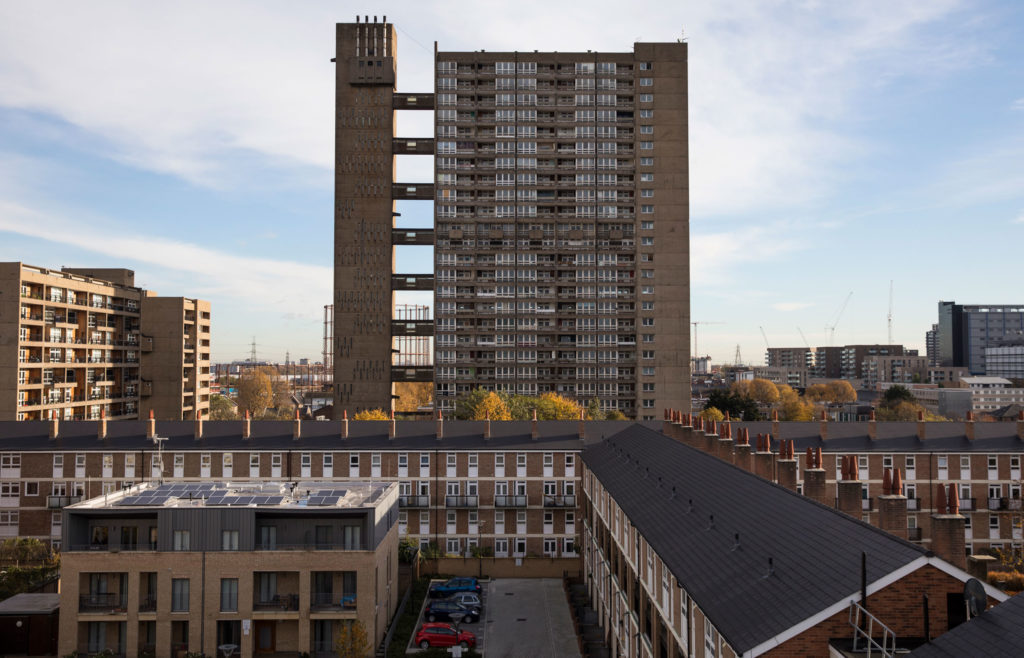
Today, Brutalism is a luxury
In 2011, Goldfinger’s Brutalist icon Balfron Tower constructed in 1968 made headlines when it was announced that the housing association owning the building had sold it to a developer. Over the years, the 27-story concrete tower had fallen into disrepair, and while preservationists acknowledged Balfron as a historically significant building, major upgrades were needed by the turn-of-the-century. Rather than absorb the repair costs, the housing association elected to sell the building to a developer. Now, Balfron Tower is being transformed into luxury flats with high-end finishes and period details, as well as posh amenities such as a music room, cinema, library, and gym. With mid-century Modern design back in vogue, the private units are expected to sell at premium prices to wealthy, design-conscious Londoners. Seems it’s possible to teach an old dog new tricks after all.
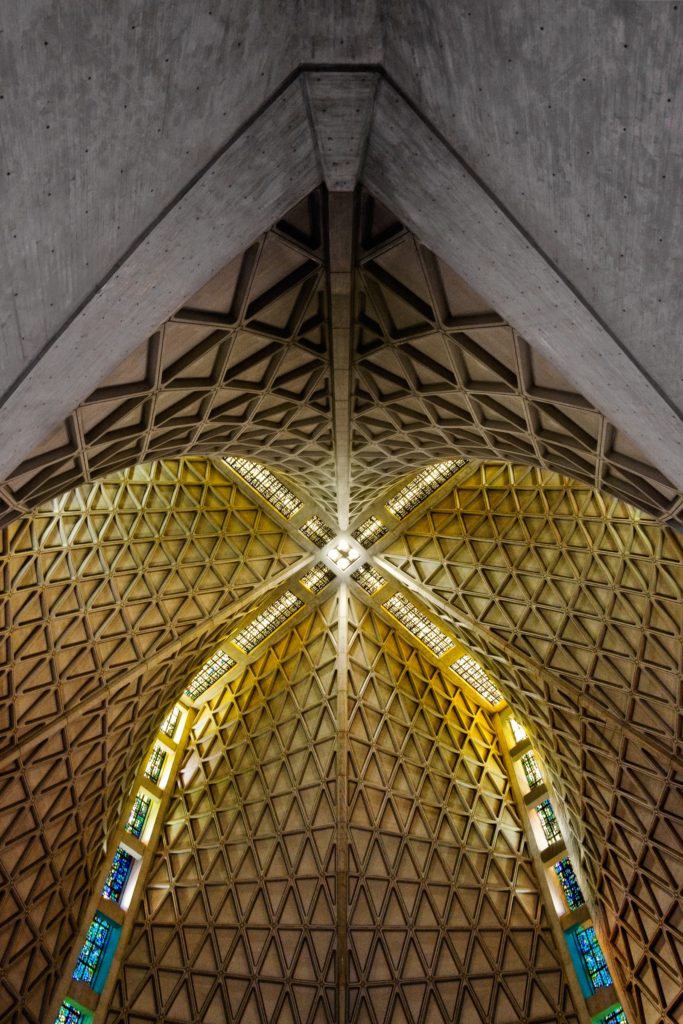
Brutalism still inspires
At its peak, Brutalism embodied the most up-to-date building techniques and visionary thinking in architecture. It represented a hopeful and optimistic look towards the future—a belief that human ingenuity could solve even the most vexing social dilemmas. In fact, many Brutalist buildings still look futuristic even by today’s standards, with avant-garde forms and shapes that defy gravity and engage the senses while nevertheless remaining minimal and streamlined. It’s buildings like these that keep us hopeful about the power of design in the face of seemingly insurmountable challenges. In a moment where the issues plaguing our society are more overwhelming than in recent decades, we could all use a little more Brutalist gumption.
For more Modern eye-candy, check out the homes on 360modern.com.
